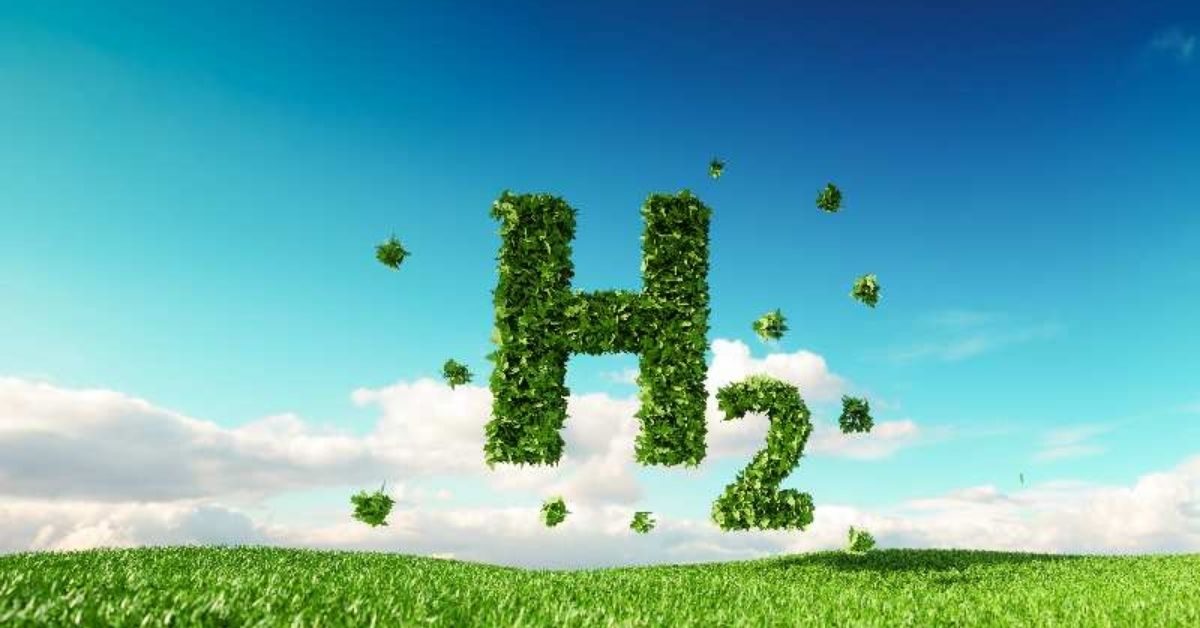The International Renewable Energy Agency (Irena) has raised concerns about the global supply of raw materials critical to the production of some electrolysers, including platinum and iridium, arguing that an increase in demand could drive up prices and thus raise the cost of the hydrogen-producing machines.
“While geological supplies of most minerals and metals [needed in hydrogen technology] are presently sufficient, markets are bound to tighten with rapidly rising demand and long lead times in mining and refining projects,” Irena writes in its new report, Geopolitics of the Energy Transformation: The Hydrogen Factor.
“Meanwhile, other technologies may come along to compete with hydrogen over available quantities of critical materials. Even if countries are able to produce their own hydrogen and so improve energy independence, they may depend on a limited number of countries for necessary raw materials.”
The Irena report says that it would expect the demand for electrolysers to increase from the 300MW installed globally today to 5,000GW by 2050 in a 1.5°C scenario.
It explains that the alkaline electrolysers that dominate the market today rely on “materials that are generally deemed uncritical, such as steel and nickel”.
“By contrast, polymer-electrolyte membrane [PEM] electrolysers and solid-oxide electrolysers [SOE) appear to pose more serious problems of critical material dependence.
“Platinum and iridium, used in polymer-electrolyte membrane electrolysers [as catalysts], are two of the most scarce and emissions-intensive metals in the world. Their supply is also highly concentrated, with South Africa supplying over 70% of global platinum and over 85% of global iridium. Currently no substitutes for iridium are available or foreseen.”
It adds that the current iridum supply would only support annual PEM electrolyser deployment of 3-7.5GW.
This could prove to be problematic, considering that manufacturers including ITM Power, Cummins, Plug Power and Ohmium have all announced plans to scale up their annual PEM electrolyser production by at least 11GW between them. ITM alone plans to have 5GW of PEM manufacturing in place by 2024.
Indeed, the price of iridium more than tripled last year due to supply bottleneck concerns, rising from just under $2,000 per ounce ($70,500/kg) in December 2020 to a high of $6,300 in May 2021 after producer Anglo American Platinum (Amplats) closed a processing facility in South Africa for several months. The price has since fallen to $4,000 at the start of this year — still more than a 100% increase compared to 13 months earlier.
Iridium is also used in electronics — notably to produce the temperature-resistant crucibles needed to grow synthetic crystals for OLED smartphone screens (used by Apple, Samsung and Google), high-performance spark plugs and medical devices — as well as shipping, where iridium-coated electrodes are used to chlorinate ballast water.
“Because iridium is a by-product next to more established commodities such as platinum and palladium, it doesn’t necessarily respond neatly to the laws of supply and demand,” the website Materials Risk wrote last year. “The high iridium price doesn’t provide enough incentive for Amplats or any supplier to produce more of it.
“Due to the high cost of separating iridium, the price needs to cross a certain threshold to encourage a new and more expensive method of production — this results in a kind of stepped cost curve, where supply only responds if prices rise sharply enough.”
A study by academics at the University of Leibniz in Hannover, Germany, published last May, concluded that meeting the “immense future iridium demand” would require the dramatic reduction of iridium catalyst use in PEM electrolysers and the development of a recycling infrastructure for the rare metal.
The Irena report adds that the rare-earth metals needed for solid-oxide electrolysers — such as gadolinium, lanthanum, cerium and yttrium — could cause similar supply bottleneck concerns.
“Solid oxide electrolysers, which are at lab-scale today, but promise efficiencies that could reduce electricity consumption, face even larger concentration of supply; almost 95% of the critical materials used in solid oxide electrolysers come exclusively from China.”
The study continues: “It is important to note that the markets for many of these materials are not liquid and are inelastic in the short term. This means that a relatively small change of supply and demand can result in large price fluctuations. The past 20 years, for instance, have seen prices fluctuate by a factor of four for platinum, a factor of 15 for palladium, and a factor of 70 for iridium.
“These price fluctuations could reverberate through hydrogen supply chains and affect the overall cost of key pieces of equipment, such as electrolysers.”
Electrolysers are machines that use an electrical current to split water molecules into hydrogen and oxygen. Green hydrogen is said to be produced when electrolysers are powered by renewable energy.
PEM electrolysers are generally more expensive than alkaline machines, but have a faster dynamic response that enables higher efficiencies when dealing with the ups and downs of variable wind and solar power.
There is a fourth type of electrolyser, known as anion exchange membrane (AEM), which Irena does not mention in the section about critical materials. But elsewhere in the report, it writes: “All of the installed electrolyser capacity uses either alkaline or PEM technologies. AEM electrolysers are still relatively new and have limited deployment; their potential advantages lie in the fact that they use no precious metals and use a membrane that is less expensive than that used for PEM.”
Similarly, the study mentions turquoise hydrogen derived from pyrolysis of natural gas in the absence of oxygen, which creates solid carbon rather than CO2 as a by-product; pink H2 derived from nuclear electricity; and biomass gasification with CCS. But it explains: “None of these types of hydrogen is included in this report, which gives priority to more developed production methods.”
Source : Recharge News








